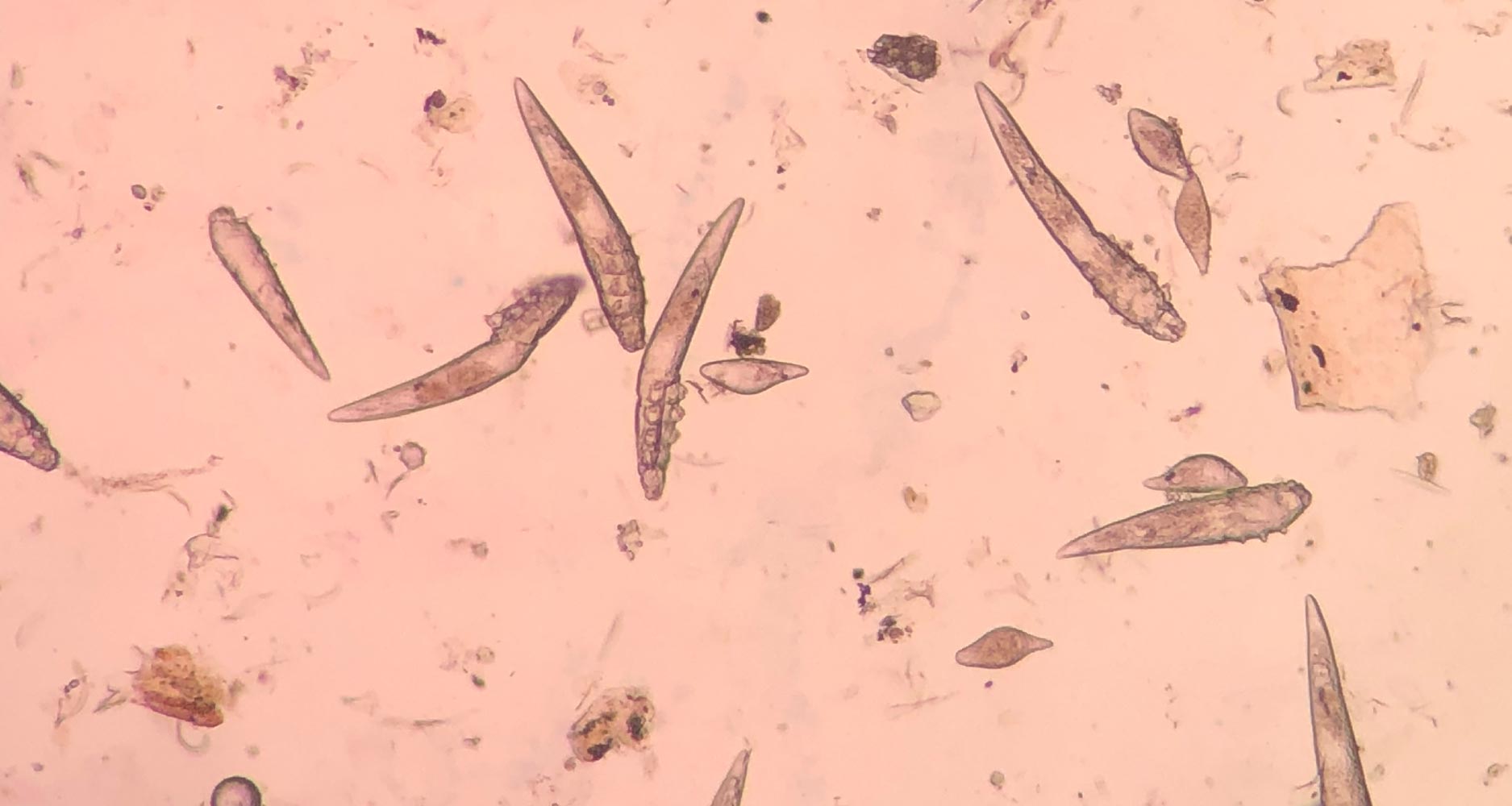HEALTH & WELLNESS

VOTING BOOTH

TRENDING

LIONS FOUNDATION OF CANADA DOG GUIDES
Lions Foundation of Canada Dog Guides and its founding program, Canine Vision Canada, was established in 1983. It’s the largest school of its kind in Canada with its training school in Oakville and breeding facility in Breslau.
Cat Mange – WHAT YOU NEED TO KNOW

Cat mange is a very contagious skin disease. It is caused by a tiny burrowing mite species called Notoedres cati.
Other names for the disease include notoedric mange and feline scabies.
Cat mange is a highly contagious skin disease. Mange is caused by microscopic mites (arthropods with jointed legs and with skeletons on the outside of the body that are related to insects and spiders) that invade the skin of animals. The result is irritation of the skin, itching, hair loss, and inflammation. Cats are very susceptible to several types of mange, including:
- Canine scabies
- Feline scabies (notoedric mange)
- Ear mites (otodectic mange)
- Walking dandruff (cheyletiellosis)
- Trombiculosis (chiggers)
Canine scabies is caused by the highly contagious mite Sarcoptes scabiei var canis. Although it mostly occurs in dogs, it can also easily spread when cats come in contact with infected dogs. Females burrow tunnels in the skin to lay eggs.
Signs of sarcoptic mange include:
- Intense itching
- Small, solid bumps on infested skin
- Scratching and biting causing crusted sores on the abdomen, chest, ears, elbows, and legs
- Damaged skin
- Spreading of sores over the entire body
- Long-term mange develops into oily dandruff, severe thickening of the skin with wrinkling and crust build-up, and oozing, weeping sores. Cats at this stage can become very ill and may even die
- Some cats may show no signs
Feline scabies (notoedric mange) is a rare and a highly contagious skin disease of otherwise healthy cats. Mange is easily transmitted between cats by contact.
Signs of notoedric mange include:
- Severe itching
- Skin crusts
- Hair loss first appearing on the ears, head, and neck
- Hair loss later spreading over the entire body
Ear mites (Otodectes cynotis) are especially common in cats and often infest the external ear, causing inflammation of the ear canal.
Signs of otodectic mange include:
- Ear mites found deep in the external ear canal or on the body
- Itching and scratching the external ear
- Shaking of head and scratching ear(s)
- Drooping of external ear
- Inflammation and pus of the ear
- A torn eardrum may also occur
Walking dandruff (Cheyletiellosis) is caused by Cheyletiella blakei mites. The dandruff that is seen ‘walking’ is actually the mites moving about on the skin of the cat. Cheyletiella mites are very contagious, especially in catteries or multi-pet households. Humans are frequently infested with this mite.
Signs of Cheyletiellosis include:
- Scaling of the skin and infestation along the back
- Intense itching
- Skin crusts and many small bumps along the back
- Some cats may show no signs of infestation but carry the mites and transmit them to other pets and humans
Trombiculosis is caused by the parasitic larval stage of mites (chiggers) of the family Trombiculidae. They look like tiny spiders and live on rotting material. The larval life-stage of this parasite attaches to cats when lying on the ground or walking in an infested area.
Signs of trombiculosis include:
- Redness
- Bumps
- Hair loss
- Skin crusts
- Intense itching
ARE CERTAIN CATS MORE PRONE TO MANGE?
Both male and female cats of all ages and breeds can become infected, but the following cats are more at risk:
- Strays
- Kittens
- Rescue cats
- Outdoor cats
- Malnourished cats
- Those in catteries or shelters
- Cats that live in multi-cat households
- Those with compromised immune systems
CAN CAT MANGE AFFECT HUMANS?
Humans may experience mild to extreme discomfort after coming into contact with a cat that has mange. Fortunately, the issue usually resolves spontaneously since the mites cannot complete their life cycle on a human host.
DIAGNOSING CAT MANGE
A veterinarian will perform skin scrapings and confirm the presence of mites with a microscope. It can be difficult to identify mange mites if they’re buried deep in the skin, so your veterinarian may rely on clinical signs or your pet’s history to make a final diagnosis.
PREVENTING CAT MANGE
- Take your cat to the veterinarian for diagnosis and treatment if required
- Isolate your cat for a specified period if recommended
- Keep your cat away from possibly infected cats and prevent contact with other animals
- Control the environment
- Clean or discard all previously exposed bedding, toys, blankets, food and accessories
- Maintain your cat’s overall health to create immunity to mite infestations
- A good diet and clean environment can greatly reduce the opportunity for your cat to develop mange
Related Articles
Worms In Cats: Intestinal Parasitic Infection Read Now








